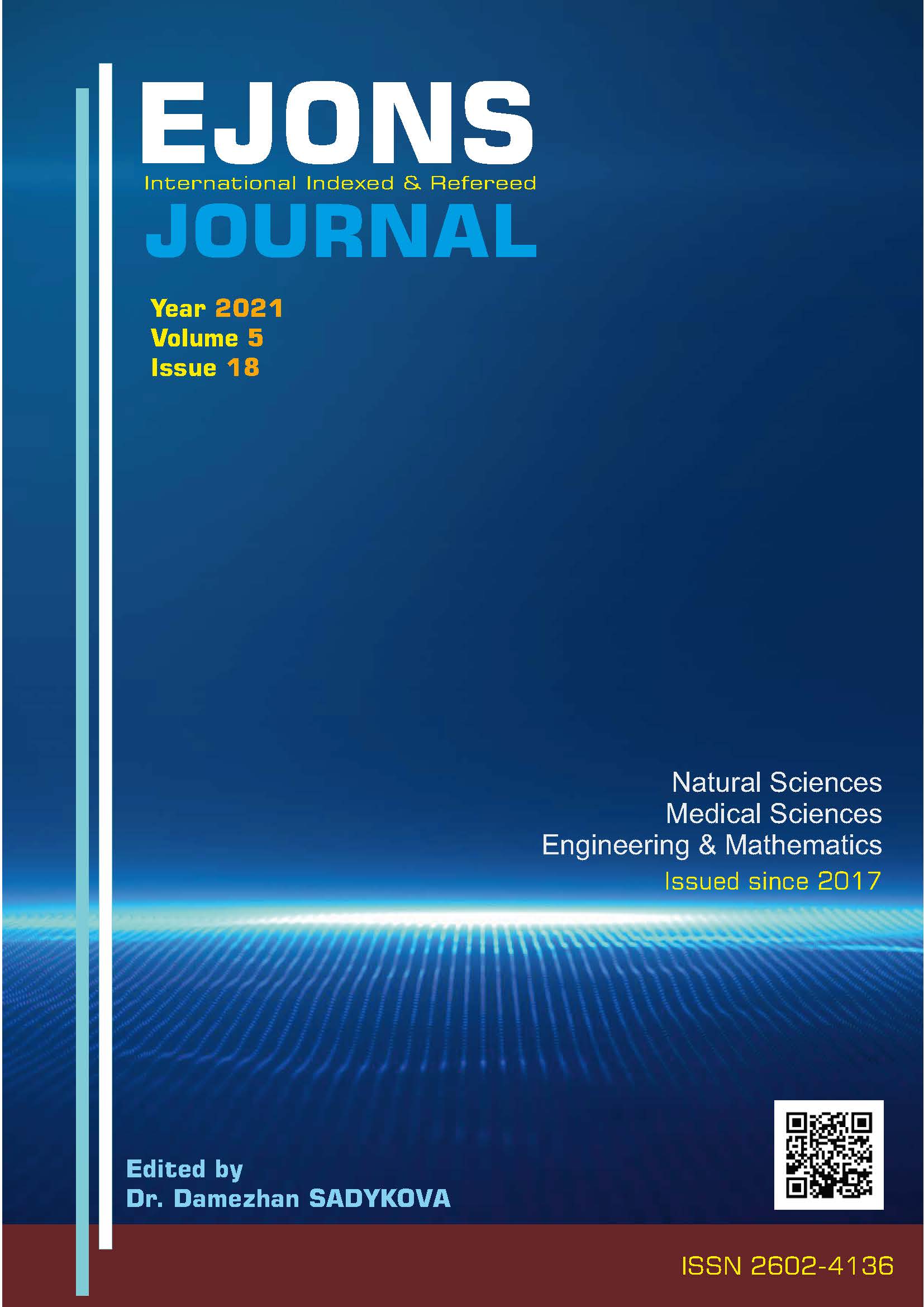DETECTION AND SEGMENTATION OF BREAST TUMOR LESIONS IN ULTRASOUND IMAGES WITH MASK R-CNN
DOI:
https://doi.org/10.38063/ejons.428Keywords:
breast cancer, deep learning, mask R-CNN, ultrasound, segmentationAbstract
Worldwide, breast cancer appears to be the type of cancer with the highest cancer mortality rates in women. As is known, the main way to reduce such death rates is through early and accurate diagnosis. In recent years, researchers have focused on convolutional neural networks-based computer vision techniques to shorten the time of diagnosis. By training neural network models with hundreds or even thousands of different breast ultrasound images, they aimed to detect the tumor area. Similarly, the main purpose of this study is to create a model for automatic detection, classification (benign-malignant) and segmentation of the lesion in ultrasound images. This model can be integrated with the PACT system of hospitals and is expected to support physicians for diagnosis in the coming years. Benign-malignant lesion differentiation was achieved by using mask regions with a deep learning model called Mask R-CNN. In addition, 4 different feature extracting backbones (ResNet50 FPN, ResNet50 C4, ResNet101 FPN, ResNet101 C4) were utilized. For Benign class, Resnet 50 C4 model achieved the highest detection in terms of AP. Resnet 101 C4 model achieved the highest performance for malignant class.
Downloads
Published
How to Cite
Issue
Section
License

This work is licensed under a Creative Commons Attribution-NonCommercial 4.0 International License.


